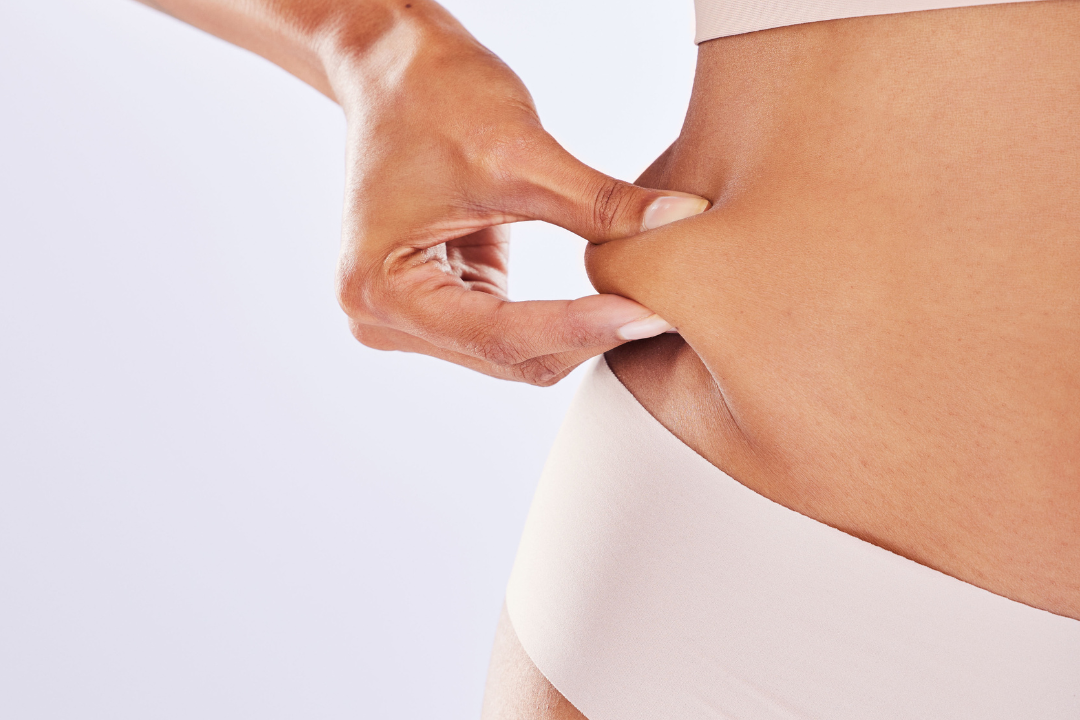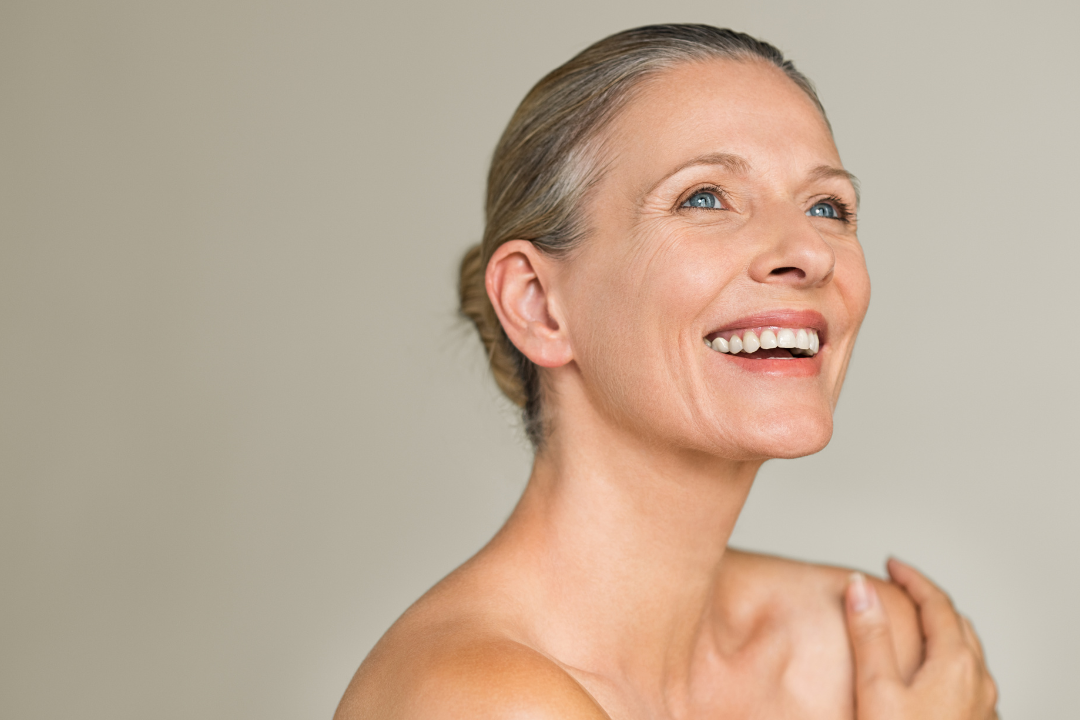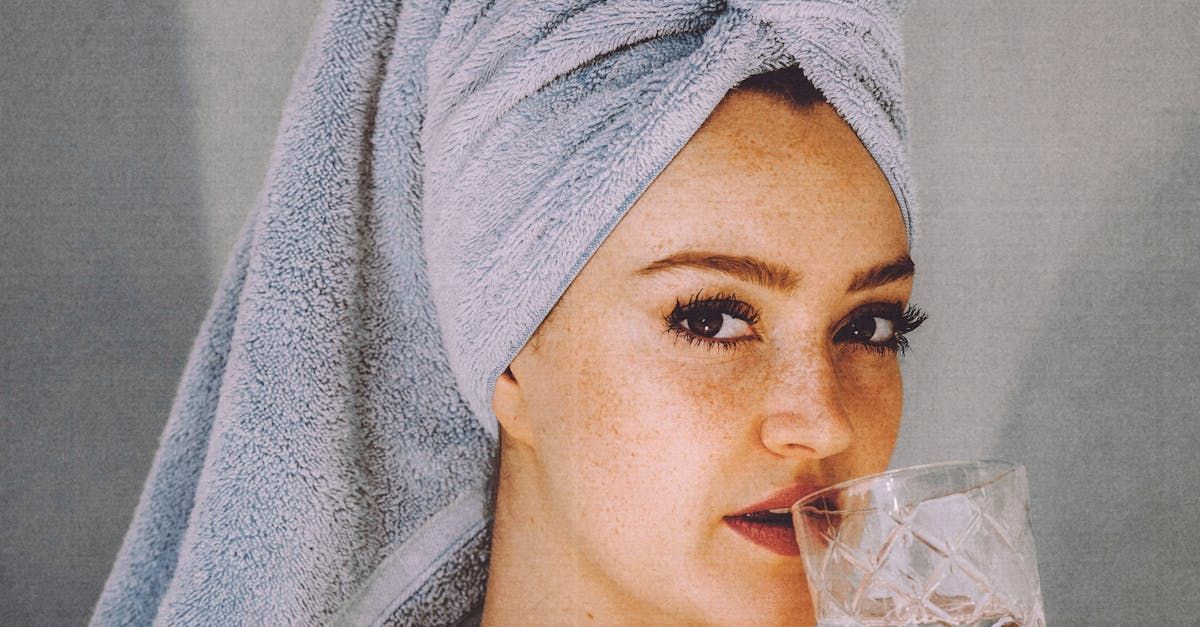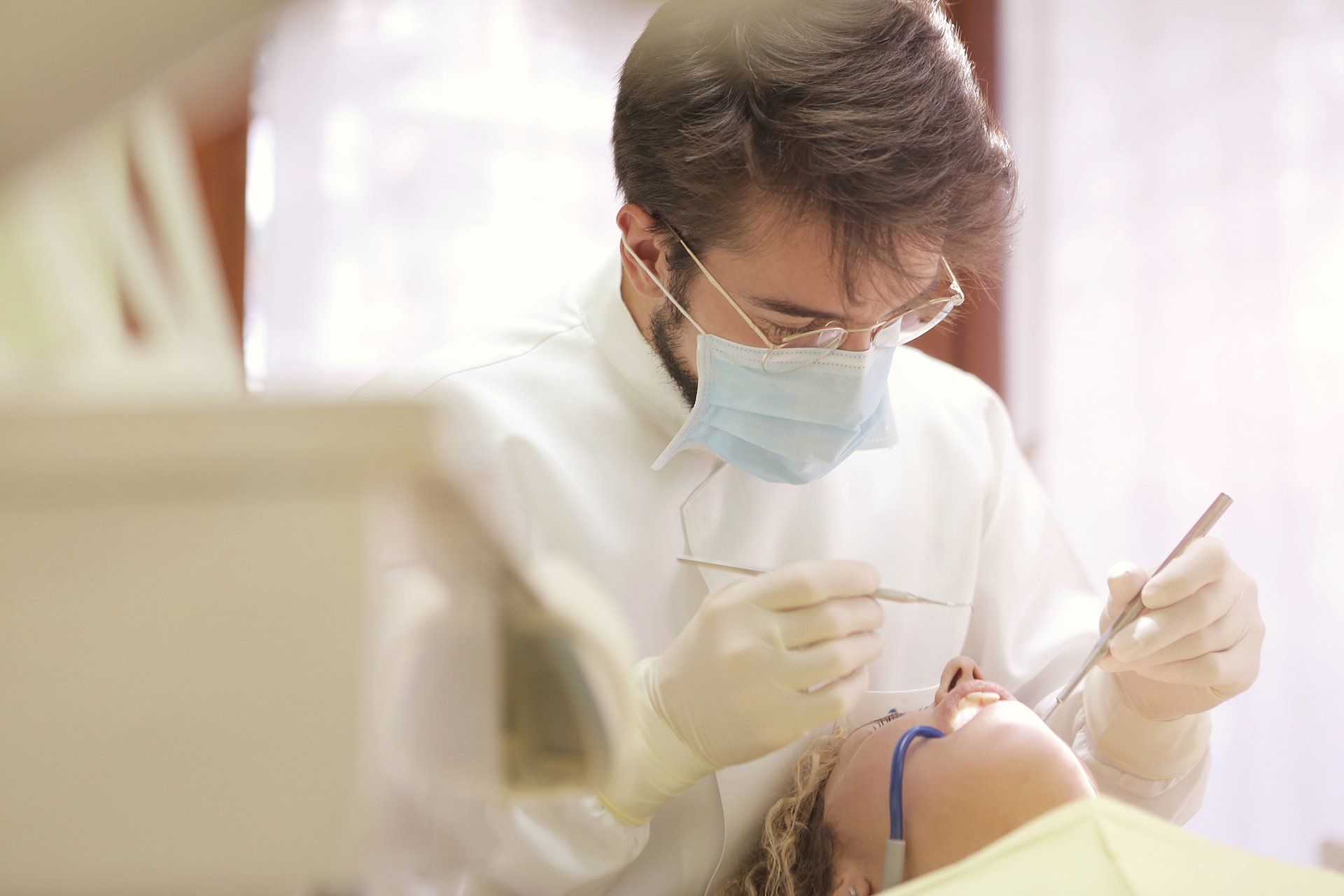Top Acne Scar Treatment NYC: Effective Solutions That Work
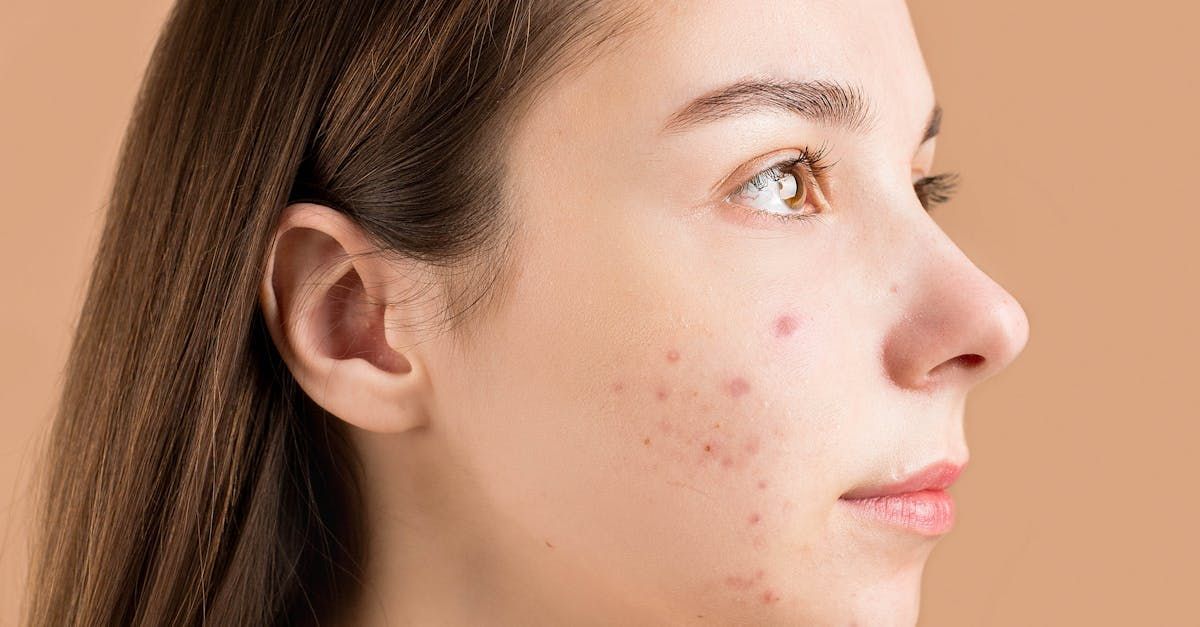
Key Takeaways
- Topical treatments like retinoids and salicylic acid are effective for mild to moderate acne scars, promoting skin regeneration and improving texture.
- Laser treatments and chemical peels are advanced options that significantly improve skin texture and scar visibility by stimulating collagen production.
- Consulting a dermatologist is crucial for developing a personalized treatment plan tailored to the specific types and severity of acne scars.
Topical Treatments: Retinoids and Salicylic Acid
Topical treatments such as retinoids and salicylic acid are frequently the first choice for acne scar treatment. Retinoids, especially retinol, promote new skin cell growth and improve skin texture, which helps in fading acne scars. Retinoids offer multiple benefits: scar smoothing, cell regeneration, and reduced discoloration, all vital for improving acne scars. Daily sunscreen use is necessary when applying retinoids as they can increase skin sensitivity to sunlight.
Salicylic acid clears pores, reduces swelling and redness, and exfoliates the skin, making it highly effective in treating acne scars. This helps in reducing the appearance of acne scars over time. Noticeable results usually appear within a few weeks, though monitoring for dryness or irritation is essential. Regular use of salicylic acid can greatly enhance skin texture and diminish acne lesions.
Retinoids and salicylic acid are effective for mild to moderate acne scarring, particularly for atrophic scars or depressed scars. These accessible treatments can be added to a daily skincare routine, providing a non-invasive method to address acne scars at home.
Remember, patience and consistency are key to seeing the best results with topical treatments.
Laser Treatment for Acne Scars
Laser treatment offers a highly effective option for significantly improving skin texture and reducing scar visibility. Utilizing focused light, this method targets and reduces discoloration and scar visibility by stimulating collagen and elastin production, essential for smoother skin. The procedure can address various types of scars, including atrophic and hypertrophic scars, by remodeling the skin’s underlying structure.
Various lasers are used in acne scar treatments, each offering specific benefits. Q-switched and pulsed dye lasers, for example, are commonly used to improve skin texture and appearance. These lasers remove excessive blood vessels and stimulate collagen production, helping to reduce scar depth and severity. The procedure is generally well-tolerated and typically does not require anesthesia, making it convenient for many.
Recovery involves some downtime, with temporary swelling and tenderness usually subsiding within two weeks. Post-treatment care involves applying sunscreen and wearing protective clothing to shield the skin from sun exposure for at least 4 to 8 weeks.
Proper aftercare can lead to significant improvements in skin appearance, making laser treatments popular in NYC dermatological clinics. When the skin heals properly, the results can be even more remarkable.
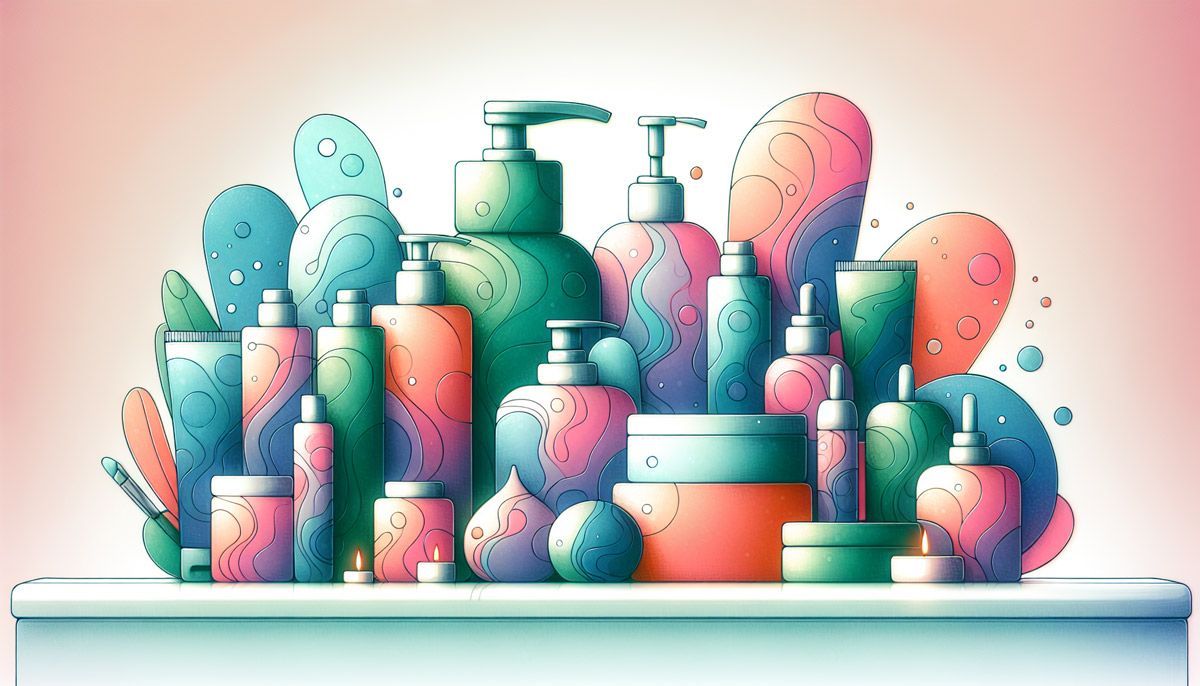
Chemical Peels for Acne Scars
Chemical peels effectively treat deeper and more stubborn acne scars. The treatment uses a strong acid to remove the top skin layer, promoting new, smoother skin growth and reducing scars. Chemical peels enhance skin texture and minimize discoloration from acne scars, making them a valuable treatment option.
Different types of chemical peels address varying degrees of scarring. Superficial peels like glycolic acid are effective for mild acne scars and improving skin texture. Medium-strength peels like Jessner’s peel combine various acids for more dramatic results in treating hyperpigmentation and deeper scars. All peels promote collagen production, vital for repairing skin damage and improving appearance.
Optimal results with chemical peels often require a series of three to six treatments. These sessions gradually improve skin texture and reduce scar depth. Chemical peels provide a versatile and effective option for rejuvenating skin and minimizing acne scars quickly.
Microneedling and Collagen Induction Therapy
Microneedling, or collagen induction therapy, is popular for treating depressed acne scars. The procedure uses a pen-like device with tiny needles to create micro wounds in the skin. These micro wounds stimulate collagen and elastin production, essential for improving skin texture and reducing scars.
Multiple sessions are usually required to achieve desired results with microneedling. Treatment plans typically include three to five sessions spaced two to four weeks apart. Results from microneedling develop gradually and can become noticeable within weeks, with full effects taking several months. This gradual improvement makes microneedling a preferred long-term solution for acne scarring.
Microneedling’s significant advantage is its safety profile. It is safe for all skin types and tones when performed by trained professionals. Post-treatment care is essential to avoid complications and maximize results, with recovery typically taking four to five days. Proper aftercare helps patients achieve smoother, more even-toned skin through this minimally invasive treatment.
Subcision for Deep Acne Scars
Subcision offers a targeted and effective solution for deep, depressed acne scars. The procedure loosens the fibrous bands beneath the scar, lifting it closer to the skin’s surface. Subcision is particularly effective for rolling and boxcar scars, significantly improving their appearance.
Subcision is versatile, suited for deep, depressed, and raised scars. Multiple sessions are often needed to achieve optimal results, each further improving skin texture and appearance. Recovery typically takes one to two weeks, during which oral antibiotics may be prescribed to prevent infection.
In NYC, subcision costs range from $1,500 to $2,700, depending on scar severity and the number of sessions needed. Many find subcision a worthwhile investment for significantly improving deep acne scars, restoring confidence and smooth skin.
Punch Excision for Severe Acne Scars
Punch excision is a minimally invasive surgical technique for treating severe acne scars like ice pick scars and boxcar scars. The procedure converts indented scars into flatter, more linear ones, making them less noticeable. It starts with a local anesthetic to numb the area, followed by using a cylindrical punch tool to excise the scar.
Post-excision, the treated area is dressed with a bandage and must be kept clean and dry. Patients should avoid makeup and skin products for 24 to 48 hours post-procedure to minimize infection risk. Mild discomfort is common post-procedure, but normal activities can usually resume two weeks after suture removal, with full healing in about three months.
Punch excision results are typically permanent, as the procedure removes the original scar tissue and closes the wound with fine sutures. This makes punch excision an effective option for eliminating severe acne scars and achieving smoother, clearer skin.
Dermal Fillers for Rolling and Boxcar Scars
Dermal fillers provide a quick and effective solution for improving depressed acne scars, particularly rolling and boxcar scars. Fillers provide immediate results by lifting indented areas and smoothing the skin’s surface. Combining dermal fillers with subcision enhances treatment effectiveness, making the skin look more even and reducing scar depth.
Dermal fillers can use various materials such as hyaluronic acid, collagen, or the patient’s own fat. These fillers are effective for boxcar and rolling scars due to their relatively shallow depth. Rolling scars, with wide depressions and rounded edges, and boxcar scars, with shallow depressions and defined edges, respond well to fillers.
Individuals with a few boxcar or rolling scars are the best candidates for dermal fillers, allowing for optimal results. Dermal fillers can significantly improve skin texture and appearance, providing a non-surgical option for reducing acne scars quickly.
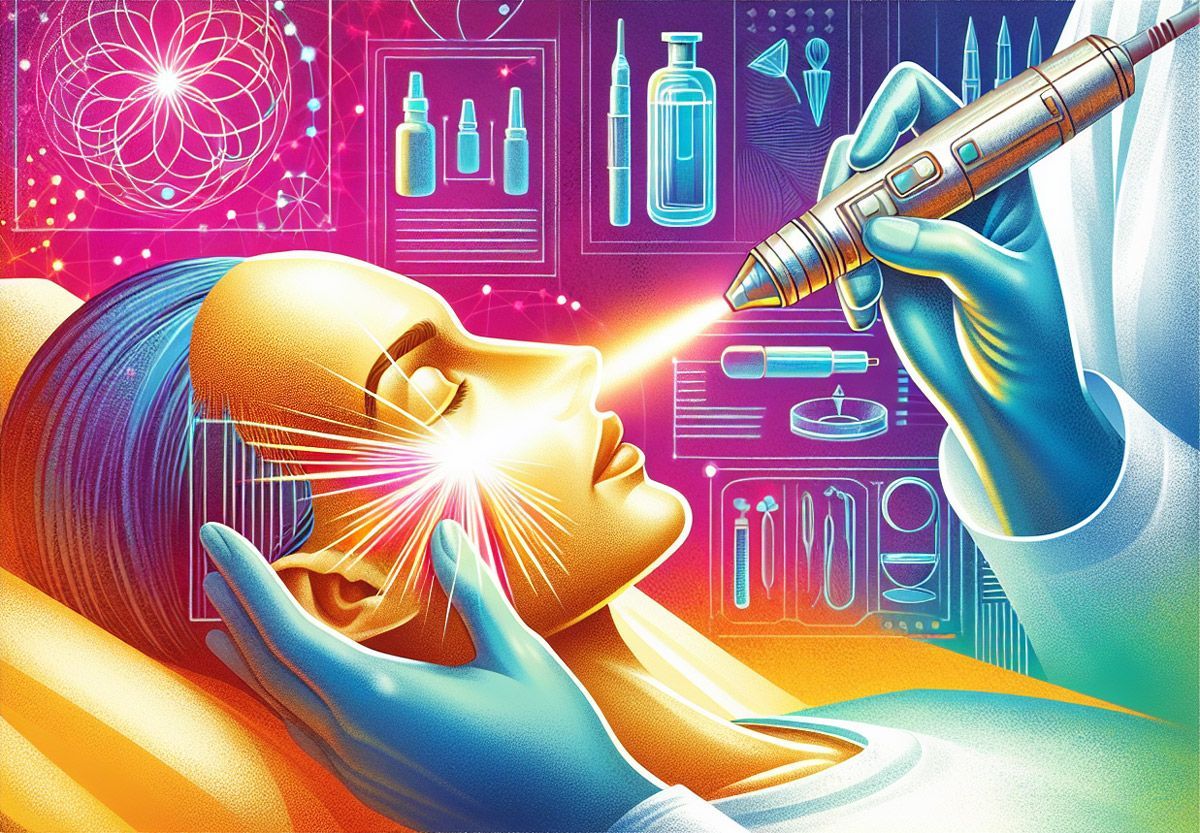
Laser Resurfacing for Smooth Skin
Laser resurfacing achieves smooth, rejuvenated skin by removing the top skin layer and promoting fresh skin cell growth. This treatment effectively reduces acne scars and improves skin texture. The procedure uses a laser to precisely target and eliminate damaged skin, which then heals and regenerates, revealing smoother and more even-toned skin.
Post-treatment care is essential for laser resurfacing. Common after-effects include redness, swelling, and tenderness, typically resolving with proper care. Avoid prolonged sun exposure for 4 to 8 weeks post-treatment to protect healing skin and achieve the best results. Applying sunscreen and wearing protective clothing are vital aftercare steps.
Laser resurfacing offers faster healing compared to other treatments, making it popular for those seeking quick results. However, individuals with active breakouts and darker skin tones are advised to consult with a dermatologist to determine if laser resurfacing is suitable for them. With the right precautions, this treatment can significantly enhance the skin’s appearance and texture.
Injections and Surgical Options
Injections and surgical options provide targeted solutions for specific types of acne scars. Corticosteroid injections can be particularly effective for raised scars, such as keloids and hypertrophic scars. These injections help decrease the size of the scars by breaking down collagen bonds. Typically, steroid injections are administered every four to six weeks for optimal results. The procedure is quick, usually taking about 15 minutes, and often does not require anesthesia.
Dermatologists may also use steroid injections pre-surgery to prevent the formation of hypertrophic scars. This preventative measure can be crucial for ensuring smoother healing and better aesthetic outcomes. Additionally, dermal fillers can provide temporary improvements in the appearance of depressed scars, with effects lasting between 5 to 12 months. Follow-up sessions are necessary to maintain the results.
For persistent keloids that do not respond to other treatments, superficial external beam radiotherapy may be recommended. This approach can help reduce the size and appearance of keloids, offering a safe and effective treatment option. By exploring these various injection and surgical methods, individuals can find tailored solutions to address their unique acne scar concerns.
Consultation and Personalized Treatment Plans
Consulting a dermatologist is the essential first step in the journey to treat acne scars effectively. A thorough consultation helps distinguish between superficial acne marks and true scarring, which is crucial for determining the best course of action. Understanding the different types of acne scars—such as atrophic, hypertrophic, and keloid scars—enables dermatologists to recommend the most appropriate treatments.
Factors like skin tone, age, and overall health play significant roles in influencing treatment choices for acne scars. A personalized treatment plan may involve a combination of therapies tailored to the unique type and severity of acne scarring. This collaborative approach between patients and dermatologists aims to achieve optimal results, ensuring that each individual’s specific needs are met.
At Meraki Integrative, our clear skin program offers a comprehensive solution for individuals seeking lasting relief from acne issues. By working closely with a dermatologist, you can develop a personalized treatment plan that combines the most effective therapies to improve your skin’s appearance and health.
Summary
In summary, NYC offers a wide range of effective treatments for acne scars, each with its own benefits and applications. From topical solutions like retinoids and salicylic acid to advanced procedures like laser treatments, chemical peels, microneedling, subcision, punch excision, and dermal fillers, there is a solution for every type of acne scar. Consulting with a dermatologist is crucial to determine the best treatment plan tailored to your specific needs and skin type.
Taking the first step towards treating acne scars can be life-changing. By exploring the various options available and seeking professional guidance, you can achieve smoother, clearer skin and boost your confidence. Remember, the journey to flawless skin is a collaborative effort between you and your dermatologist. Embrace the possibilities and take charge of your skin’s future by booking a free consultation with Meraki Integrative.
What are the best topical treatments for acne scars?
Retinoids and salicylic acid are the most effective topical treatments for acne scars, as they promote new skin cell growth and enhance skin texture while clearing pores and reducing redness. For optimal results, consider incorporating these into your skincare routine.
How does laser treatment for acne scars work?
Laser treatment for acne scars works by using focused light to stimulate collagen and elastin production, effectively reducing discoloration and the appearance of scars. This method can address both atrophic and hypertrophic scars, promoting smoother skin.
What types of acne scars can be treated with chemical peels?
Chemical peels can effectively treat both mild and deeper acne scars, with superficial peels addressing mild scars and medium-strength peels, such as Jessner's peel, targeting hyperpigmentation and more pronounced scarring.
Is microneedling safe for all skin types?
Microneedling is safe for all skin types when conducted by trained professionals, as it effectively stimulates collagen production and enhances skin texture. Therefore, if you're considering this procedure, ensure you seek an experienced practitioner.
What is the recovery time for subcision?
The recovery time for subcision is generally one to two weeks. It’s important to note that multiple sessions might be required for optimal results.

